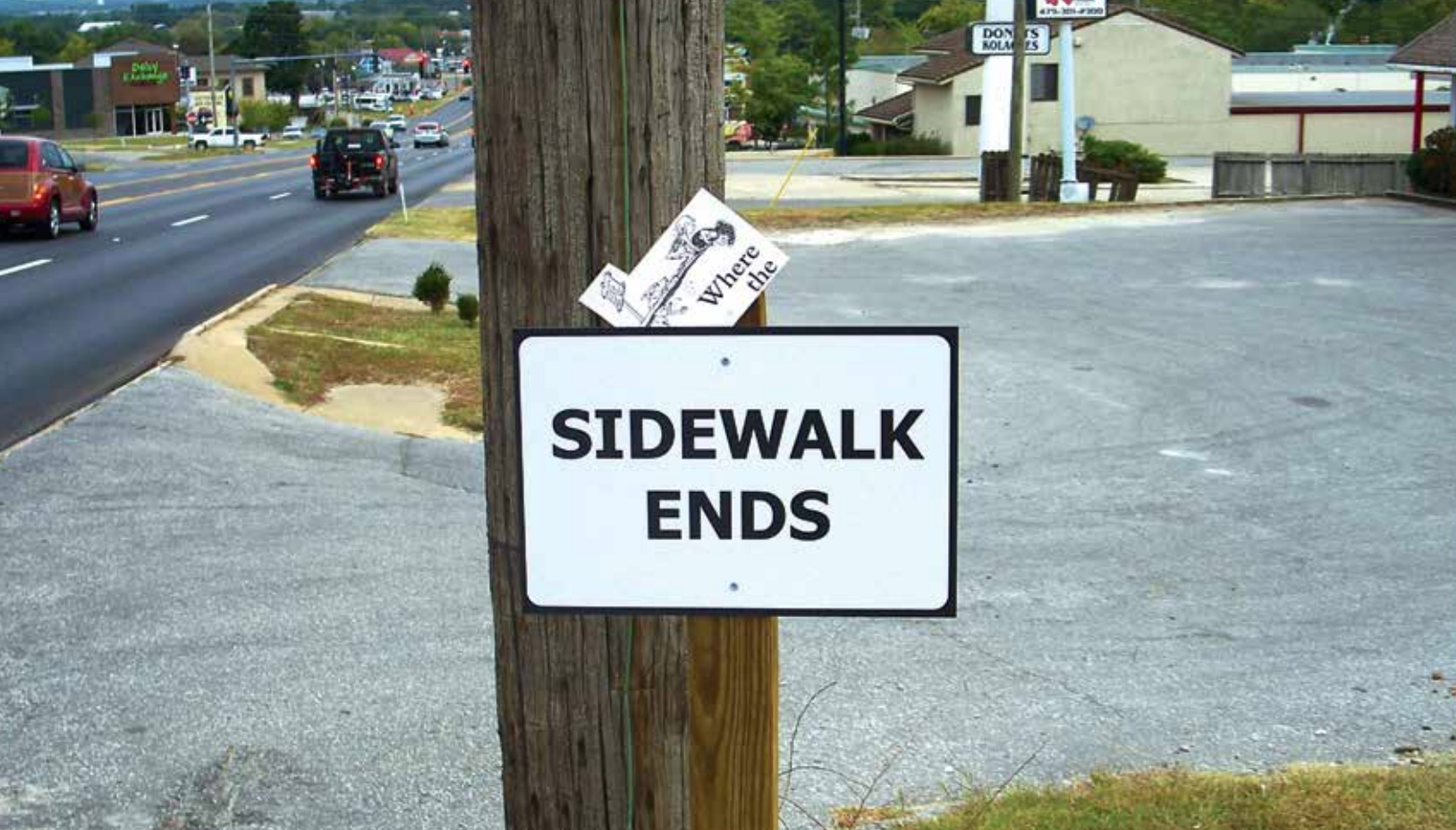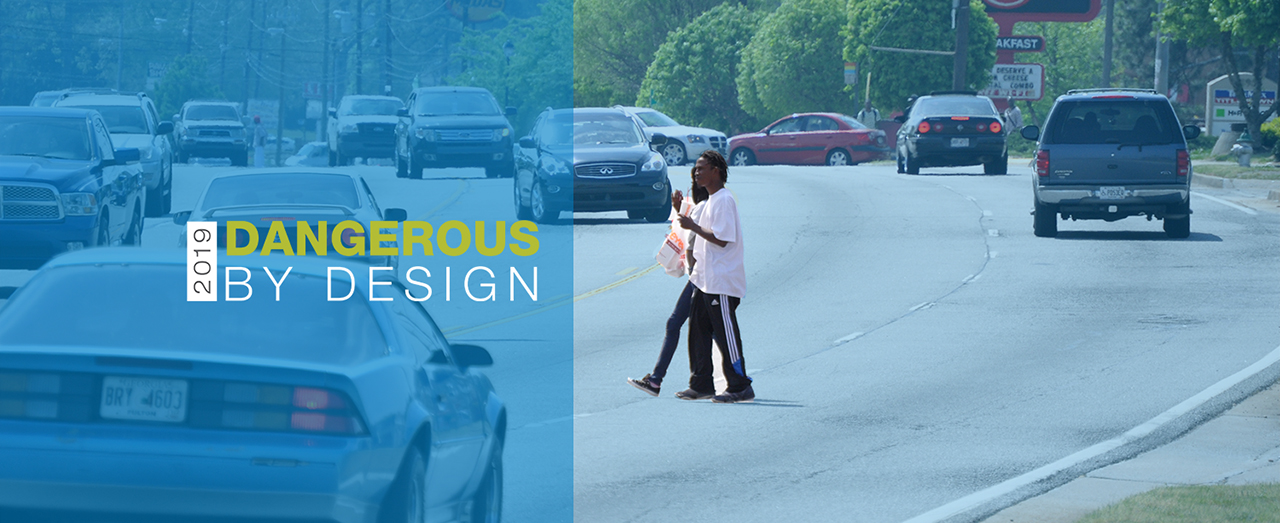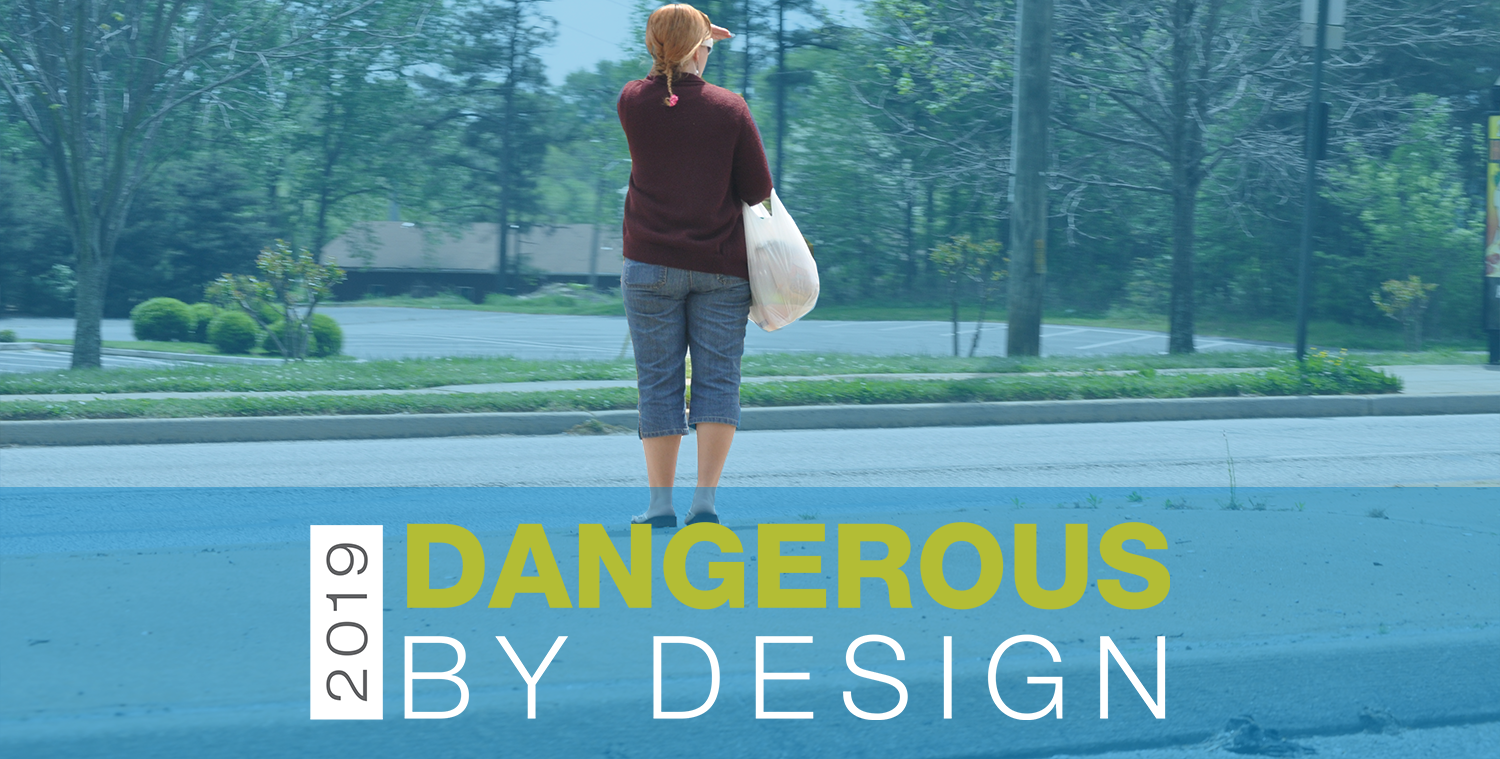To get America moving, we need safer streets
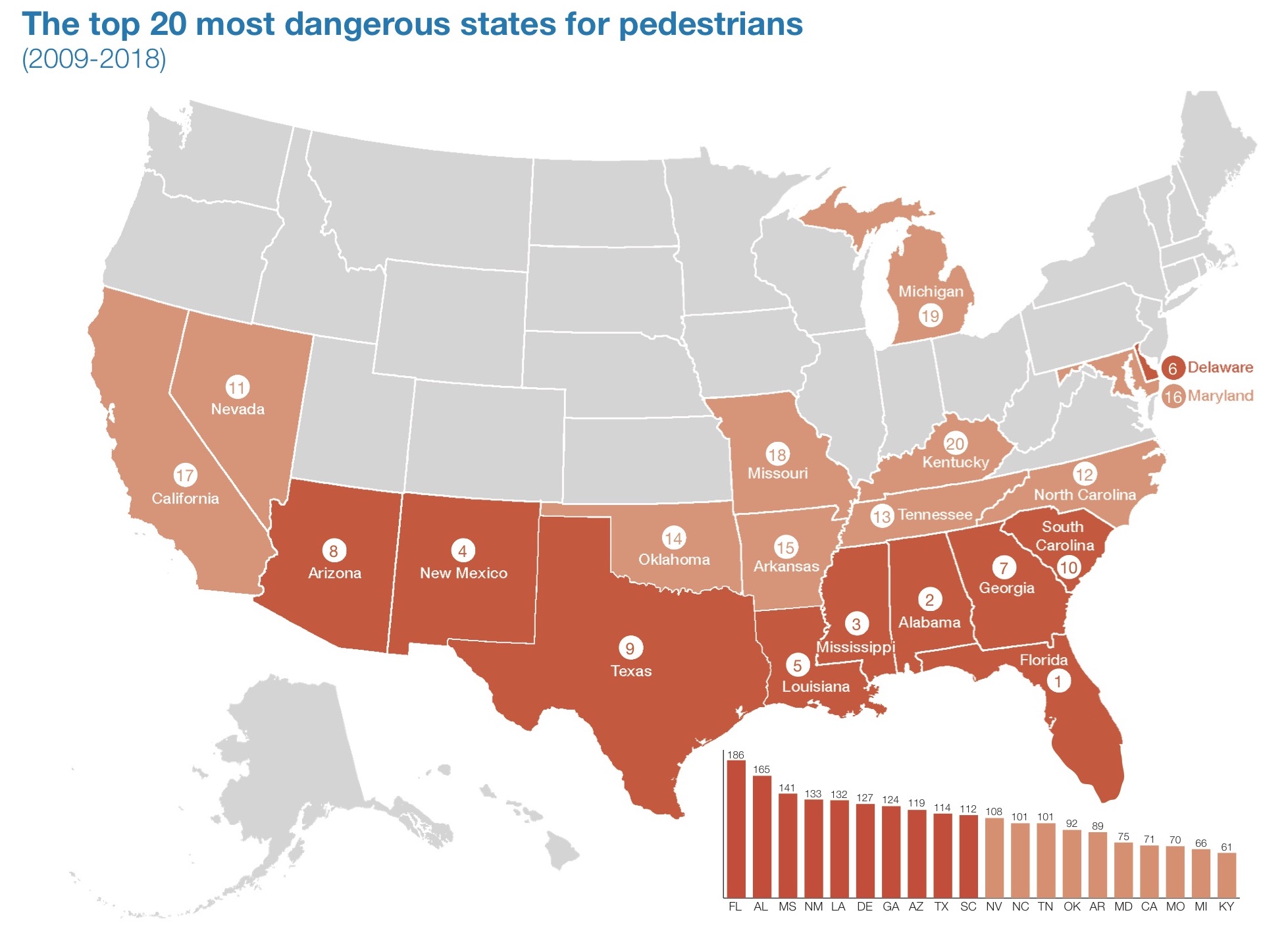
Today, the Centers for Disease Control and Prevention (CDC) unveiled their Active People, Healthy NationSM initiative on Capitol Hill focused on improving America’s health through physical activity. But access to safe and reliable active transportation options is critically important to achieving their goals, and many of our roads remain unsafe and inaccessible to people outside of a vehicle. A new off-year update to Dangerous by Design—also released today—shows that the number of people struck and killed or seriously injured while walking, biking, or rolling continues to increase, and that most states are asleep at the wheel.
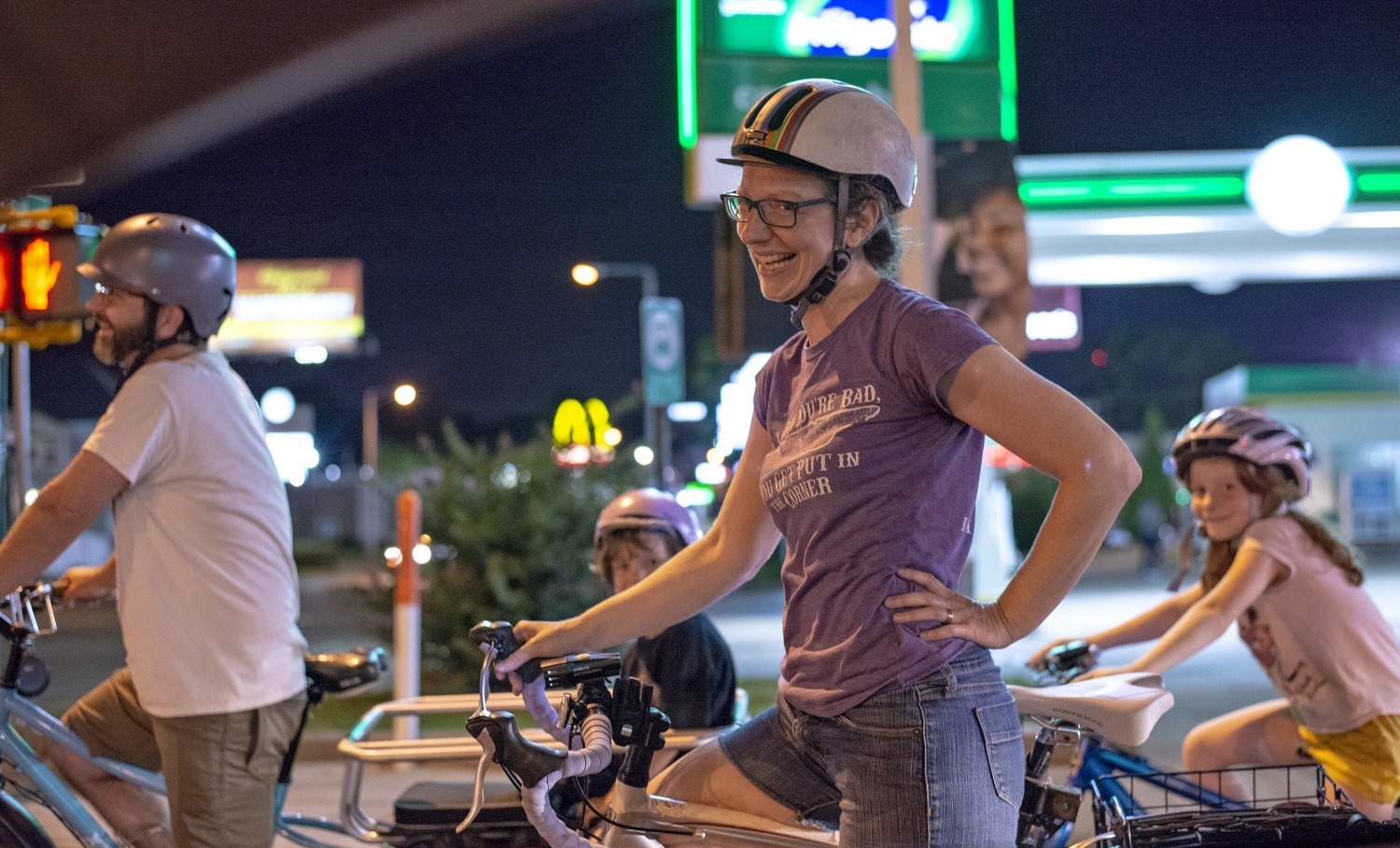
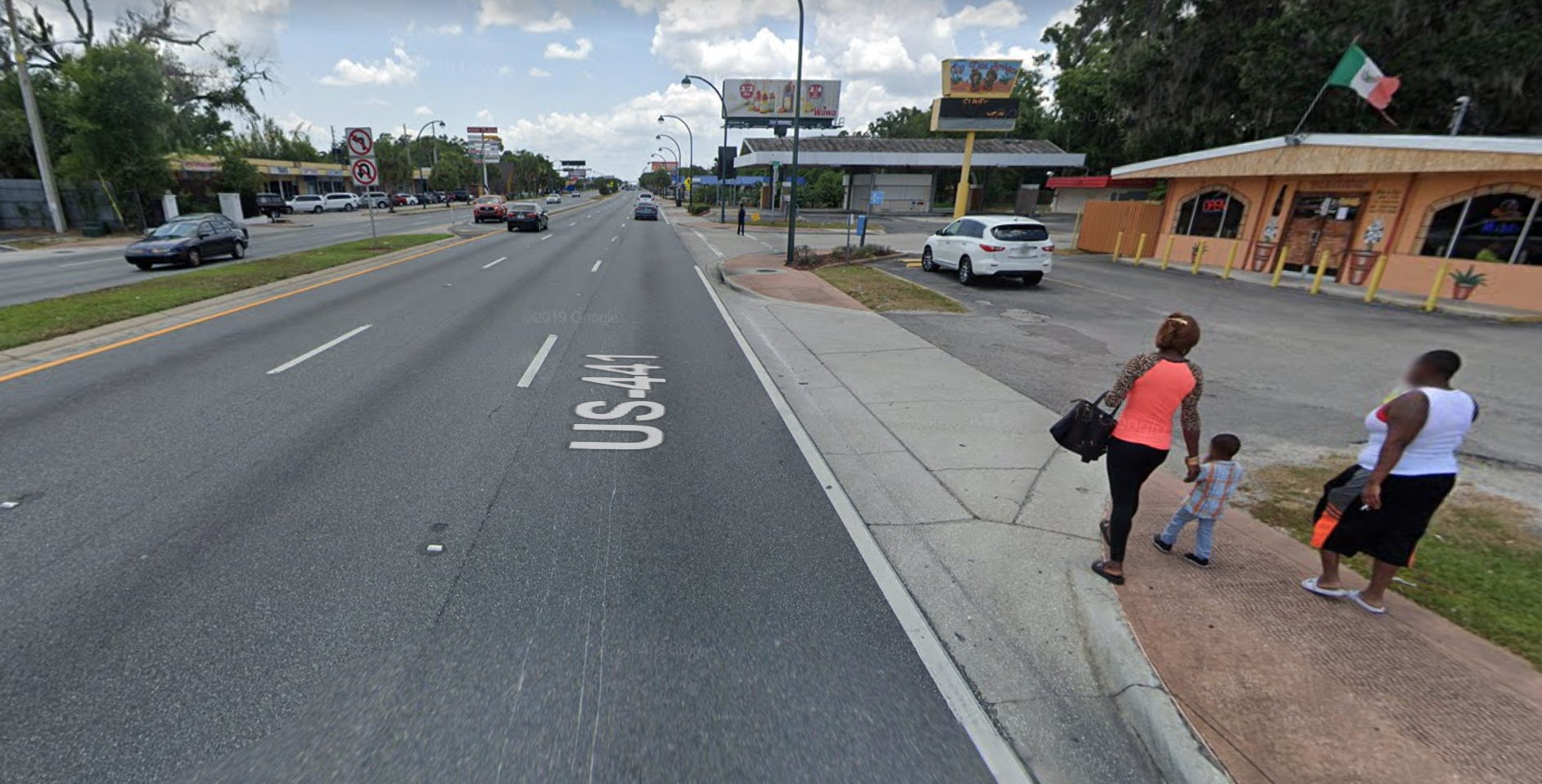
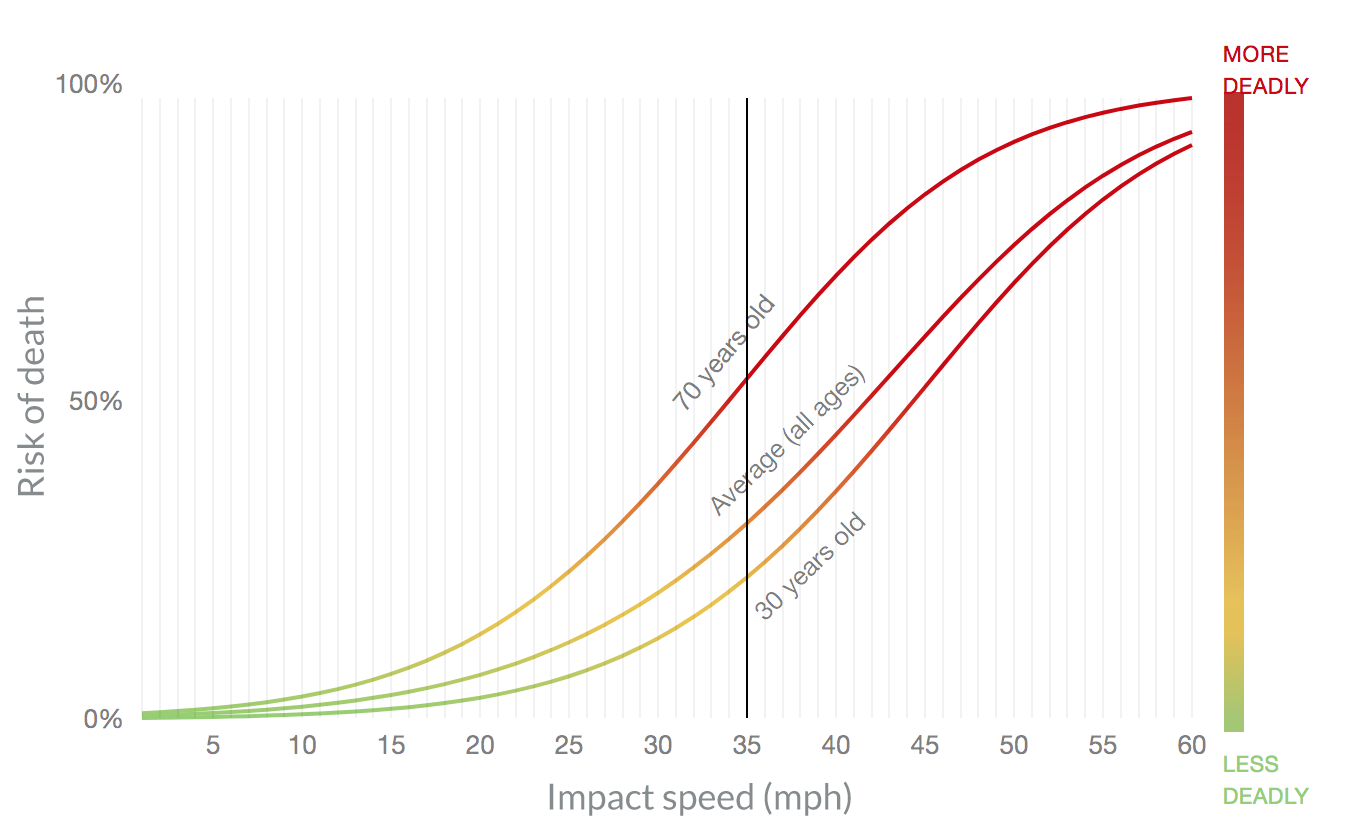
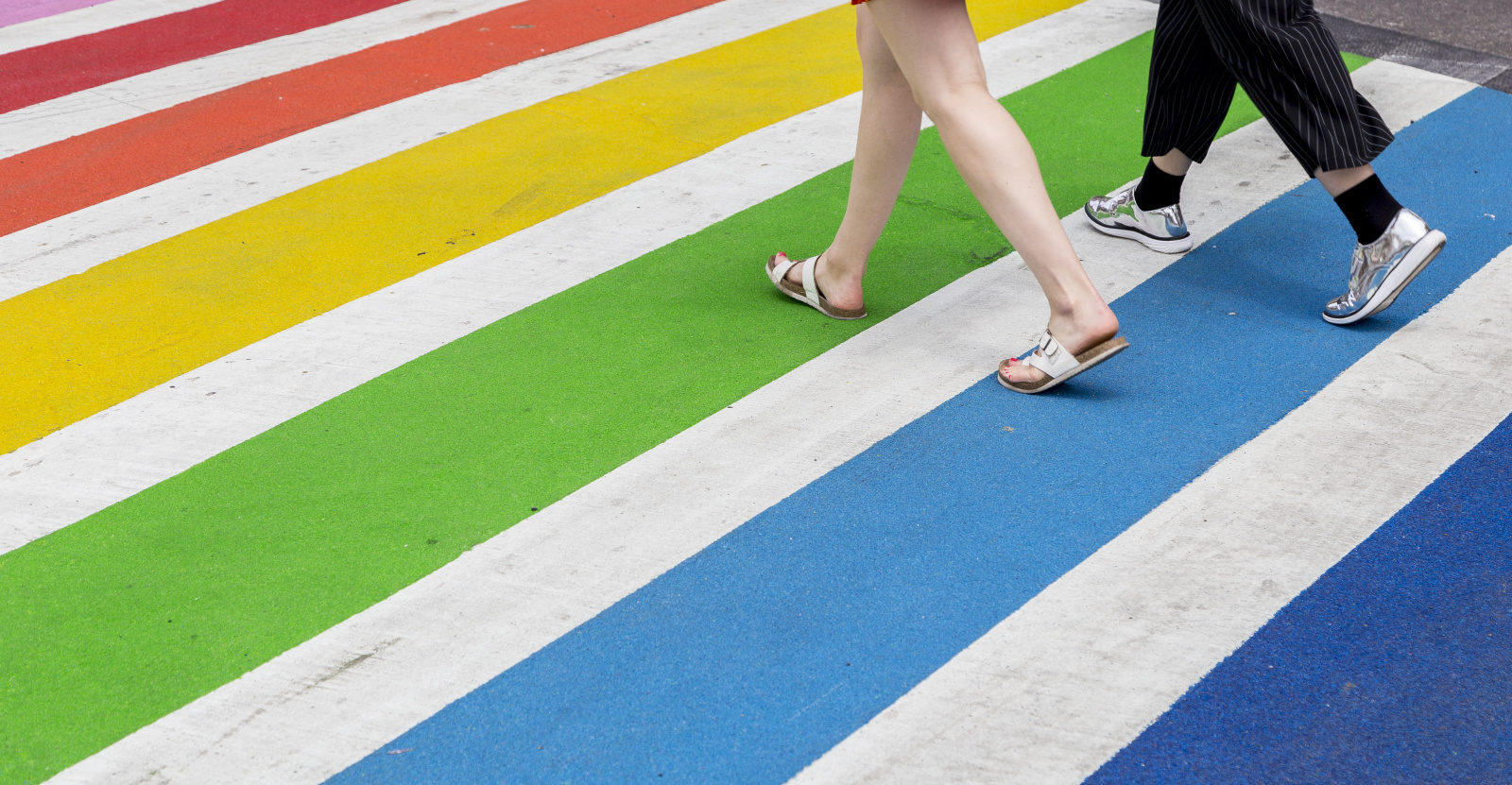
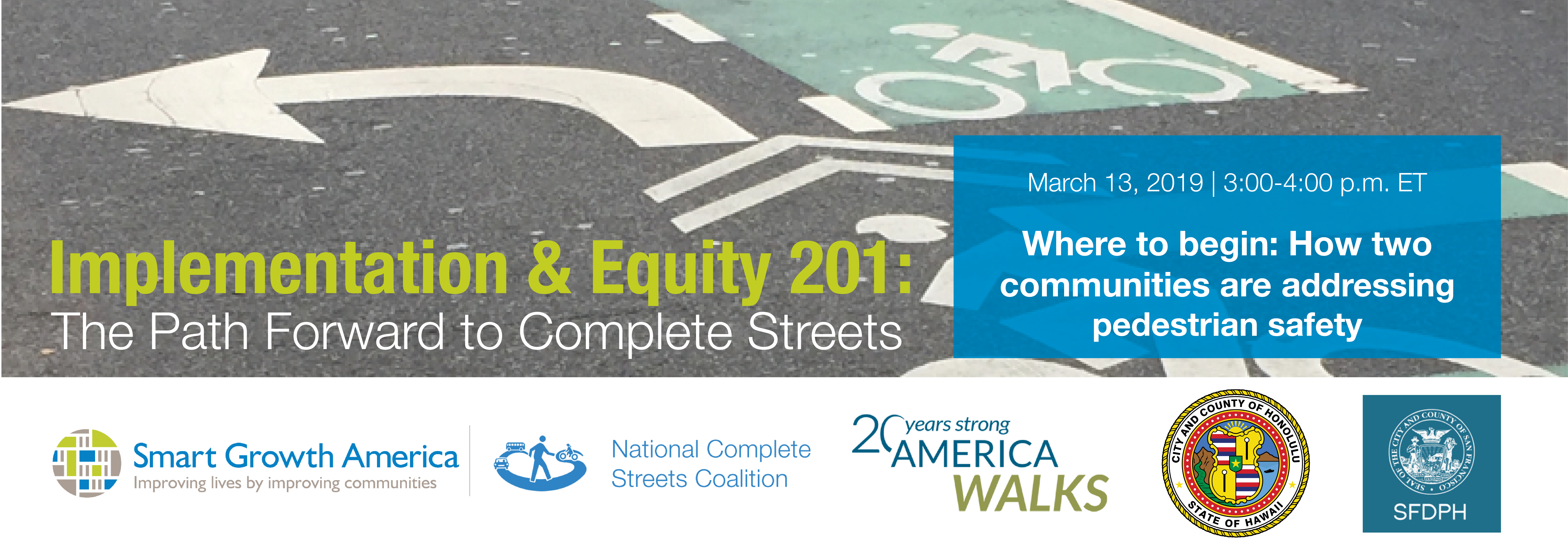 Join us for a webinar on March 13th about how two communities are addressing pedestrian safety in ways that suit their needs. This is the latest installment in our monthly webinar series Implementation & Equity 201: The Path Forward to Complete Streets.
Join us for a webinar on March 13th about how two communities are addressing pedestrian safety in ways that suit their needs. This is the latest installment in our monthly webinar series Implementation & Equity 201: The Path Forward to Complete Streets.